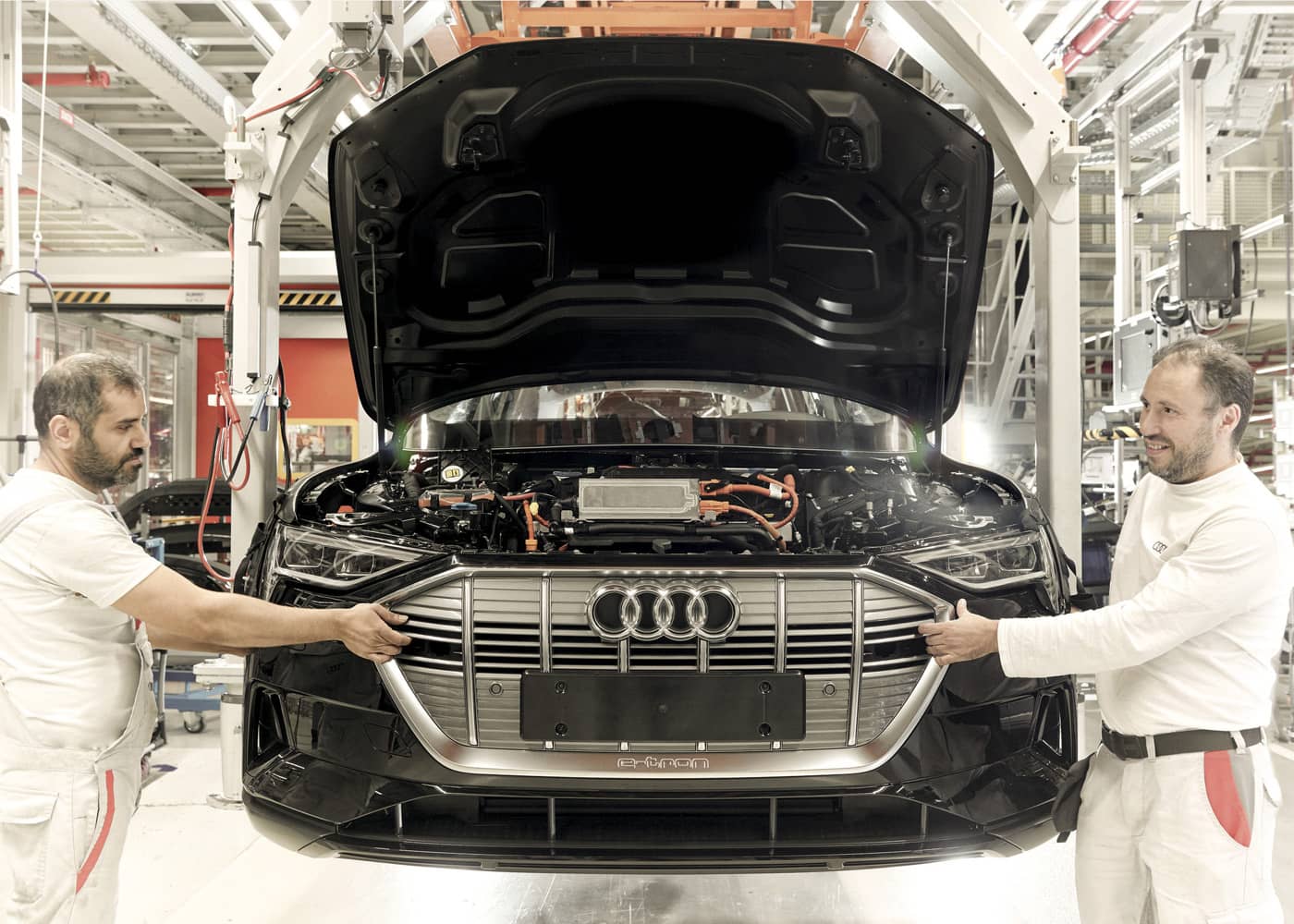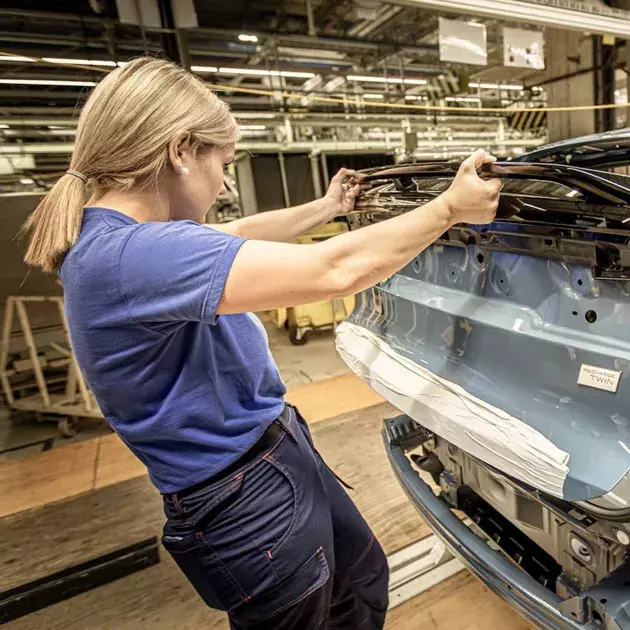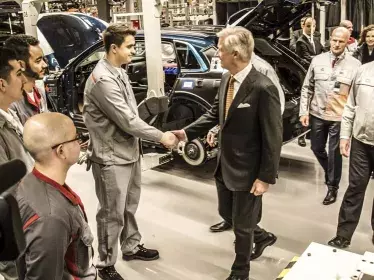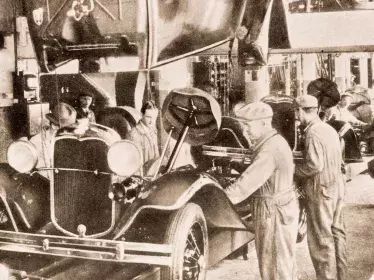Today, the automotive industry is largely globalised, but it is still a driving force of employment in Belgium and Luxembourg. In fact, the sector totals more than 160,000 direct and indirect jobs which equates to 2.6% of GDP.
Minerva, FN, Gillet, Imperia, Apal, Bovy… Before World War II, Belgium and Luxembourg had more than 100 car manufacturers. Our countries were thriving and were among the world’s leading economic powers, covering coal and steel production and precision engineering. It was the widespread protectionism of the 1930s, beneficial to the major markets such as the United States, that damaged our national brands, depriving them of exports due to our territory's small size.
That said, it is not because Belgium and Luxembourg no longer have a manufacturer (except for Gillet) that the automotive industry no longer exists. Our know-how as well as our central position on the European continent make our territory ideal for the sector’s activities. Of course, collective memory tends to remember the failures and closures. Like Renault Vilvoorde in the 1990s, Opel Antwerp a bit later and more recently Ford in Genk. However, seeing things in this light amounts to reducing the importance of this sector, which has more than 160,000 direct and indirect jobs.
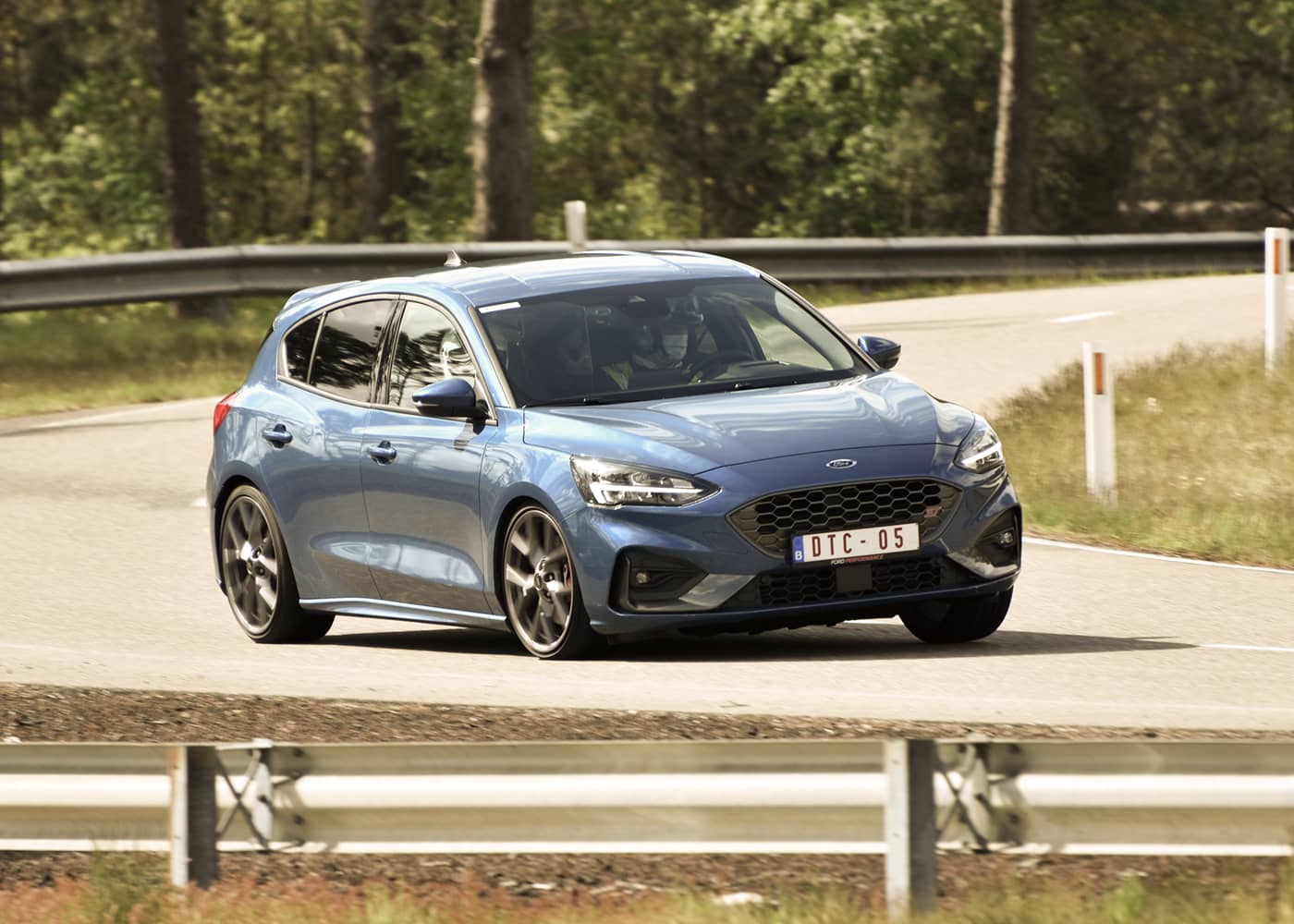
Assembly at all times
Belgium and Luxembourg remain at the top level for assembling vehicles or vehicle equipment. The Volvo and Audi plants in particular remain benchmarks at a global level, often responsible for the rest of the assembly of strategic or innovative products. The outlook for these plants is promising for the coming years. Just like those of the Goodyear tyre manufacturer in Luxembourg, which has one of the company’s largest development centres.
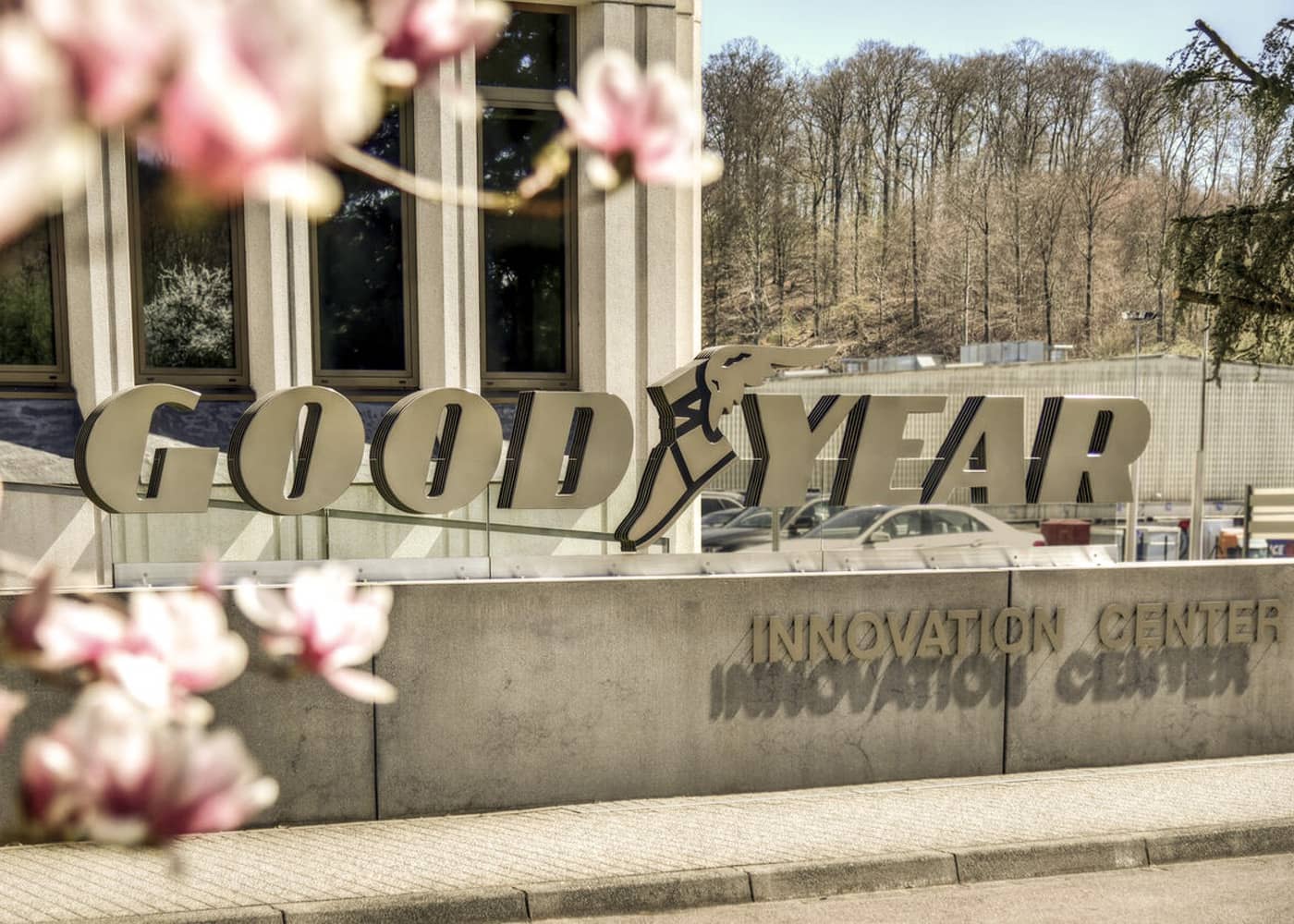
Belgium is also an important player in the world of heavy goods vehicles. For example, Volvo Trucks in Ghent produces more than 45,000 tractor units per year. And that number is also matched by the Daf plants. Truck assembly alone provides employment for more than 17,000 people (Agoria figures 2018).
10,000 companies
The Traxio and Renta federations combined account for more than 10,000 companies that are currently active in the automotive sector. It’s not well known, but the transmissions of many sports cars such as Ferrari, AMG, etc., are developed and refined at Tremec in Zeldegem. There are other examples of this: Tenneco (Saint-Trond) manufactures suspensions, AGC Automotive produces navigation systems (Mons), AWEurope develops automatic transmissions (Braine-l'Alleud) and AURO Technologies produces audio systems for Porsche. Millions of sophisticated and sensitive components, such as lighting or braking systems, are manufactured by companies in our country, such as VCST, VALEO, Continental, JTEKT, TYCO Electronics Belgium, etc.
This all means that Belgium and Luxembourg have a particularly active and buoyant automotive industry. And this also includes generating innovation. Indeed, several major research and development centres are also located in Belgium or Luxembourg: Goodyear in Colmar-Berg, Ford in Lommel, Toyota in Zaventem and AWEurope in Braine-l'Alleud. Other companies are also working on products for the future, as is the automotive recycling sector (VDL-Bus, Van Hool, Punch Powertrain, Umicore, PEC, Leclanché, Solvay, etc.). To summarise: there is a real value chain in the automotive sector in Belgium and the Grand Duchy of Luxembourg and we can look forward to having many more leading players in the future.
